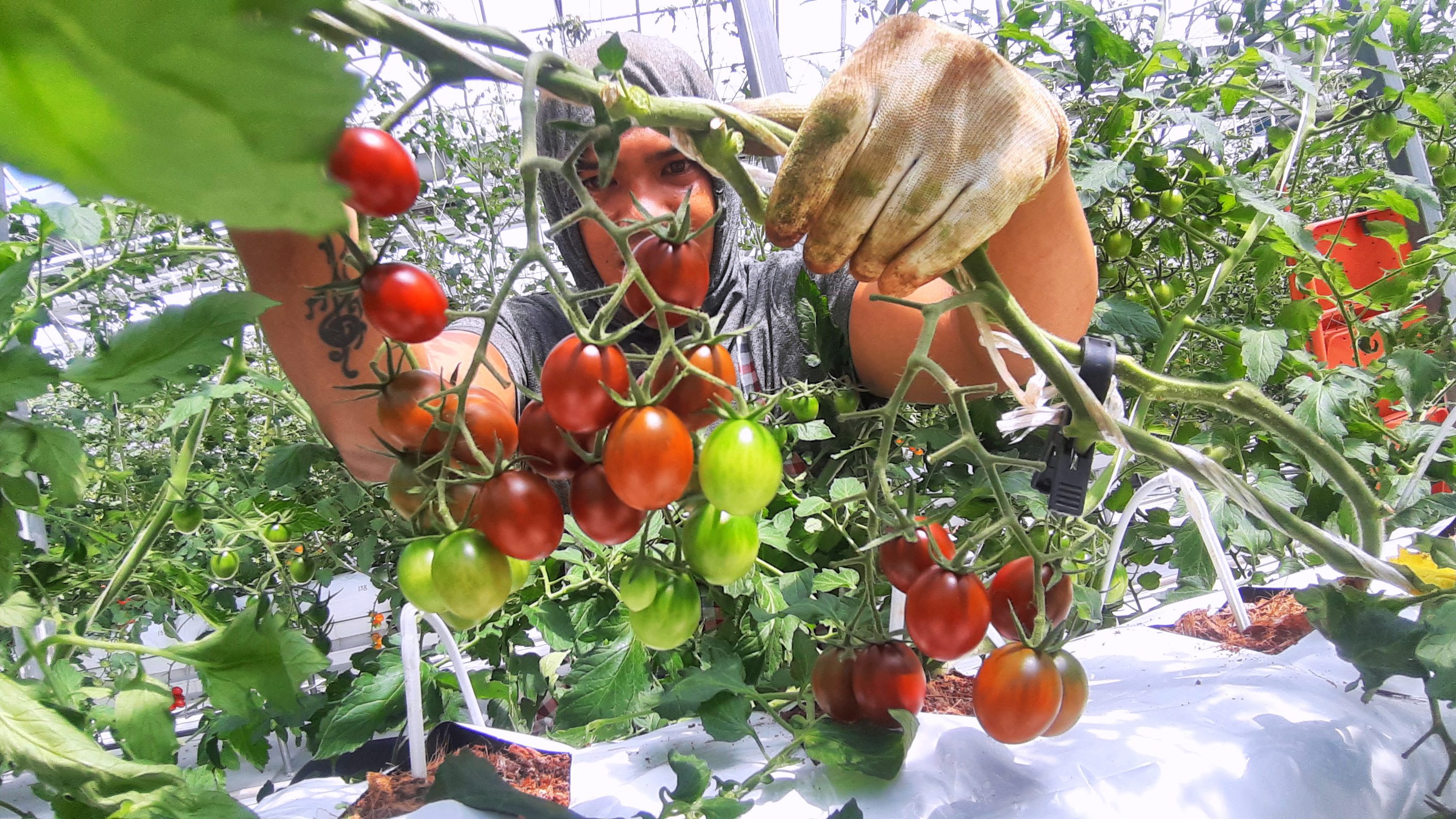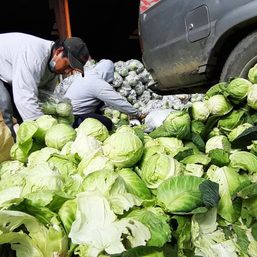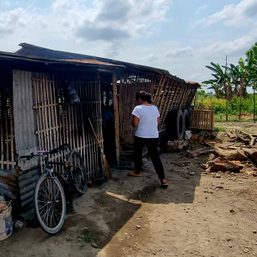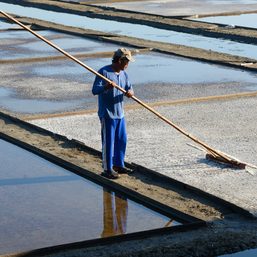SUMMARY
This is AI generated summarization, which may have errors. For context, always refer to the full article.

There is kamatis (tomato), and there is KT.
Regular tomatoes are sometimes prone to overproduction and dumped by the truckloads when the glut hits the market.
With KT, you cannot go wrong. The price is a steep P170 per kilo even when the supply is more than adequate – and that is if you can get hold of them.
KT is the trade name for Korean Tomatoes. They are also known as Korean cherry tomatoes, but they are way more scrumptious and gorgeous though somewhat fragile.
KT are grown only in Baguio City, more specifically in the greenhouses at the Department of Agriculture (DA) Cordillera grounds in Pinsao.
They are part of the Smart Greenhouse Philippine Project (SGPP) that started in 2019 with the cooperation of the South Korean government.
The $2.43-million project was started through the assistance of the Korea International Cooperation Agency and the Korea Agency of Education, Promotion and Information Service.
The SGPP has nine greenhouses in the DA-RFO-CAR BPI Compound in Pinsao. Eight are used for growing KT commercially while one is used solely for research and development.
Jesus Aspuria, chief of the Bureau of Plant Industry-Cordillera, said that they grow four kinds of KT known simply as red, orange, yellow, and choco.
In 2020, they also grew beefsteak tomatoes or the really huge tomatoes, sometimes weighing half a pound each.
But right now, they are growing all KT tomatoes. From the eight greenhouses, they are growing more than 6,500 KT plants.
These tomato plants are grown not like your usual kamatis. They are grown in plastic bags or coconut husks. They are fed through drip irrigation with a specially designed formula. Because they grow to almost two meters, the top parts are held by strings.
The tomatoes thrive in a temperature from 22 to 29 degrees. The greenhouses are “smart,” with windows and fans operated with computers so the temperature would not be too cold or warm. They are also sturdy enough and have been able to withstand typhoons since 2019.
The KT are also made to survive for up to 10 months. Because they are hybrid, DA-Cordillera has to procure their seeds from South Korea.
Aspuria said that one plant can produce 10 clusters every year or an annual harvest of 10 kilos. KT sells for P170 a kilo, but you cannot buy them at the Baguio City Market just yet.
A Korean company, which distributes to the Korean markets in the country, buys all their stocks.
Financially rewarding
Now who takes care of the KT? As part of the SGPP, Cordillera farmers are taught to take care of the plants in the greenhouses.
Three to four representatives from eight agricultural cooperatives take turns in caring for the KT or kamatisch.
Four out-of-school youths from the Benguet town of Kabayan were taking care of the KT in Greenhouse #4.
Ismael Bandiwan said that he had been a gardener back home but said that growing KT was far more complicated but more financially rewarding.
Bandiwan works three times a week in the greenhouse and gets a monthly allowance.
The end of the harvest season by the end of 2021 will likewise also be their graduation.
Because DA cannot be technically profit-oriented, 70% of all the profits this year from the KT will be distributed to the 100 or so “scholar-farmers.”
Bandiwan said that they will be given starter kits to grow their own KT. Because of the quality and demand for these tomatoes, he said that he hopes to make a steady income from them. – Rappler.com
Add a comment
How does this make you feel?

![[ANALYSIS] Investigating government’s engagement with the private sector in infrastructure](https://www.rappler.com/tachyon/2024/04/tl-gov-private-sectors-infra-04112024-1.jpg?resize=257%2C257&crop=435px%2C0px%2C1080px%2C1080px)


![[Rappler’s Best] The elusive big fish – and big fishers](https://www.rappler.com/tachyon/2024/04/The-elusive-big-fish-%E2%80%93-and-big-fishers.jpg?resize=257%2C257&crop=220px%2C0px%2C720px%2C720px)
There are no comments yet. Add your comment to start the conversation.